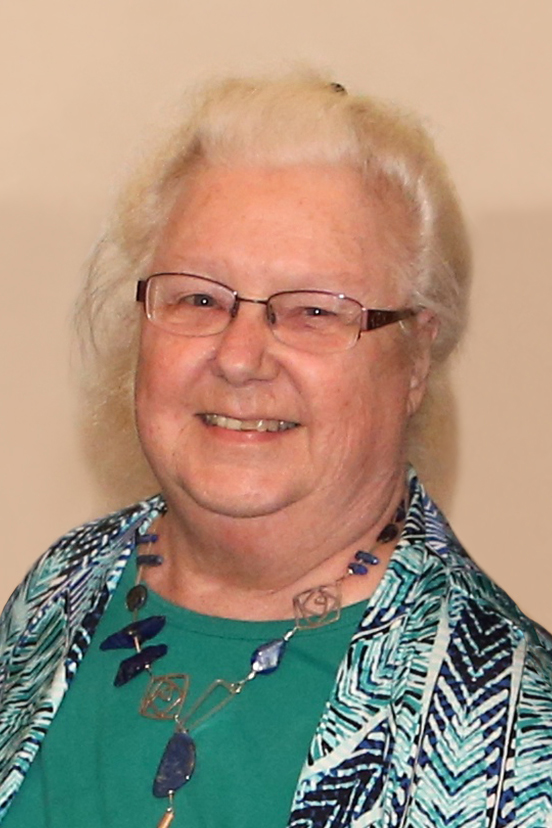Innovation Showcase

As part of our Neuro Aspects course we were assigned a case study and supplies to make an intervention or adaptive device for our client. I was assigned to Barbara who is a 64 year old woman diagnosed with relapsing-remitting multiple sclerosis (RRMS). She recently had a relapse and was admitted into an acute care hospital. Her relapse caused a significant decline in upper and lower body strength as well as lower extremity spasticity. She also has problems with memory and fatigue. We were all given three materials of which we were to use at least one. I was given a milk jug, cotton balls, and paint sticks. For my media project I chose to make a priority to do list. I used a paint stick, clothespins, and paint for this project. I chose to make the priority to do list because it targets three different aspect of Barbara's RRMS. The first is to limit Barbara's fatigue by having her prioritize t...












